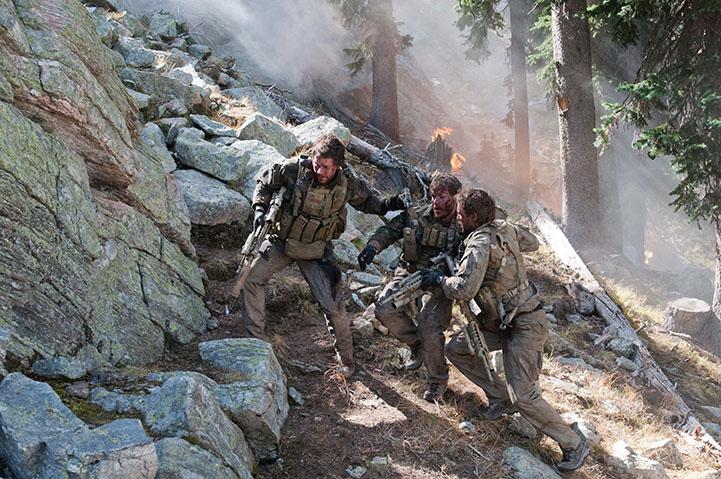Lone Survivor: Not Just a Movie
PHOTO | MCT Campus
Movies often fill the audience with fear, suspense and concern for the safety of the characters. When this happens, the phrase, “it is just a movie” is there to provide comfort. When a character is captured, the intense music grows louder and the audience nearly feels the pain of a wound, it is just as difficult to watch as it is to peel ones eyes from the screen.
“Lone Survivor” provides the audience with this fear and intensity, but comfort can no longer be found in the idea that it is “just a movie.” Based on a true story, the film follows four Navy SEALS played by Mark Wahlberg, Taylor Kitsch, Ben Foster and Emile Hirsch on a mission to kill a Taliban commander in the mountains of Afghanistan in 2005.
The mission soon changes course and the men find themselves in a battle with Taliban soldiers. With malfunctioning radios leaving them unable to contact the naval base, the men must protect themselves long enough to find a way to return home. However, with an army of Taliban soldiers targeting them, the task is nearly impossible.
The story is intense. It is suspenseful. It is full of courage and heart. The viewer is consumed into the film and feels a sense of the emotional and physical exhaustion from the constant battle with the enemy. The sounds, the deep wounds and the desperation all seem real. The cast, makeup artists and members of production exceed expectations when it comes to making the story a reality to the audience.
The location is epic with incredible helicopter views of the mountainside, the acting is real and believable and the brotherhood between the four soldiers is felt through the screen. It soon becomes impossible to consider the movie “just a movie”.
The audience may feel cheated during some instances of mourning when the characters seem to hardly regret the loss of a soldier. But it must be understood that such speed in recovery is necessary, not only for the sake of time, but for safety of the soldiers in the story. It shows the difficulty of battle not only when soldiers experience a loss, but when they must pick themselves up and keep moving.
This film definitely earns its R rating. “Lone Survivor” is for audiences prepared for violent entertainment with blood, deep wounds and foul language that add to the film’s presentation of reality on Operation Red Wing.
If nothing else, “Lone Survivor” is a story of brotherhood when times are the hardest they will ever be. It is a story of gratitude and tribute to the fellow soldiers of Marcus Luttrell, one of the actual soldiers on Operation Red Wing. It is a reminder of how hard the men fought and the struggle that may have physically taken them, but will never break their brotherhood. It is sure that when the end credits roll, the viewer will have chills and a newfound appreciation for the bravery and strength of the men and women on such missions as Operation Red Wing.



